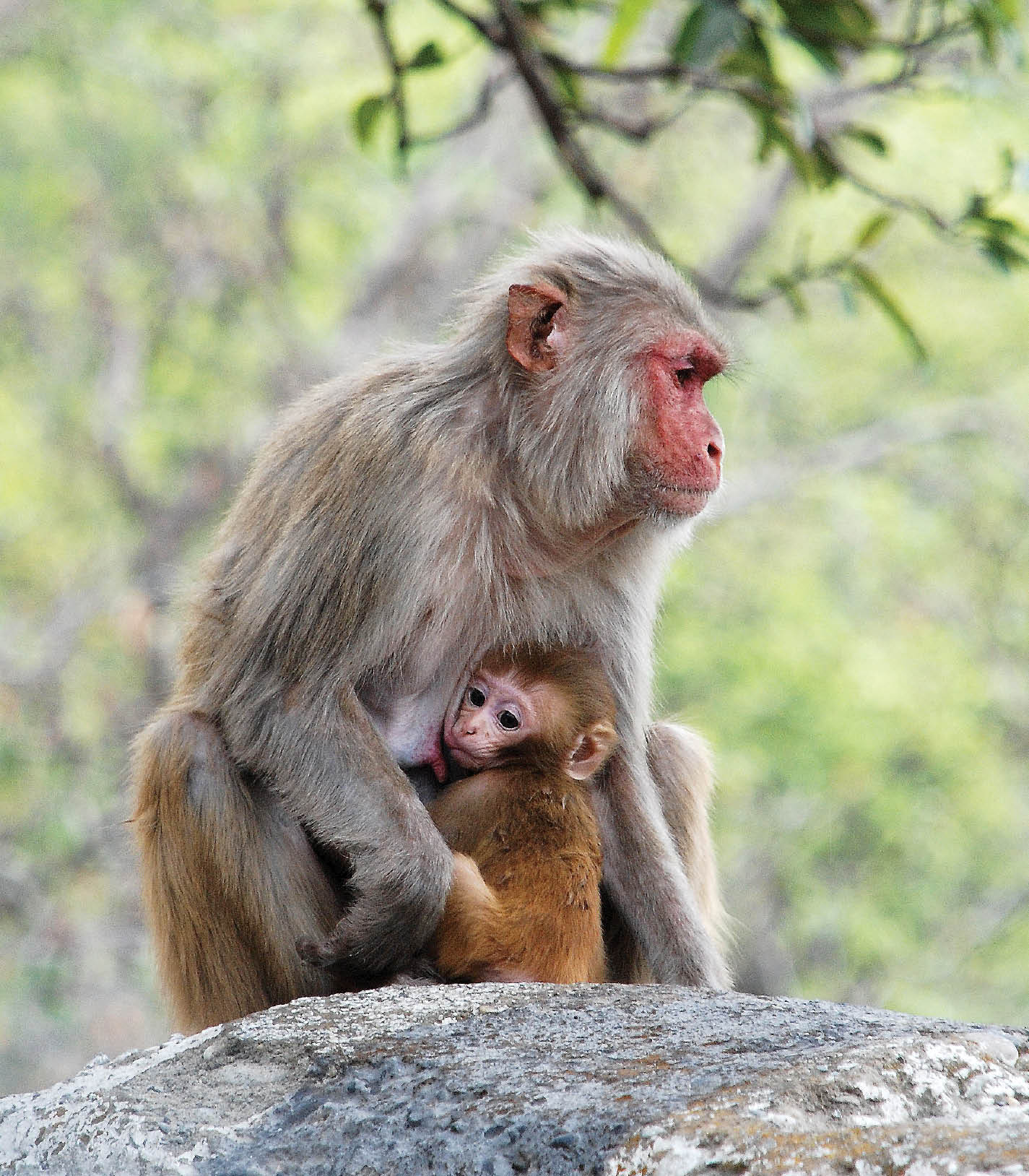
Inside this issue
Land and Nature
In the backdrop of varying socio cultural milieu, changing climatic regimes and often conflicting demands of various stakeholders, there is an urgent need for augmenting and accelerating the efforts for conservation of biological diversity in India, and for fair and equitable sharing of benefits arising from the utilisation of genetic resources.
GURT, also called terminator technology, is a biotech based strategy that prevents seeds from germinating in the next growing season unless treated chemically by the seed company prior to planting.
G M Crops
Prof Jeffrey M Smith, Institute for Responsible Technology, USA, has authored an internationally renowned book, ‘Genetic Roulette - The Documented Health Risks of Genetically Engineered Foods’, which illustrates how the world’s most powerful biotech companies mislead critics and put the health of societies at risk.
Traveller's diary
An invitation to accompany friends on a tour of Maheshwar in Madhya Pradesh found us booking ourselves on the Intercity Express to Indore this January 20, 2009.
Land Degradation
A Geospatial Study of Lower Chambal Valley The ravines of Chambal have probably originated from tectonic activity and have till date shown no obvious relation to climate, but continued deforestation exposes the nutrient deficient soil, which exacerbates ravine expansion. Extreme climatic events in such a scenario can speed up erosion and prompt a disaster.
Biodiesel Innovations
The humble green stuff that affably lines water bodies and is treated with disdain, is now positioning itself to save the earth. Biological fixation of carbon dioxide is an attractive option because plants naturally capture and use carbon dioxide as a part of the photosynthetic process.
Desertification
Land Degradation and Climate Change The vulnerability of drylands is now markedly visible with acres of cropped land degraded. The 1977 Landsat MSS image, shows Ghaggar Diversion Channel bringing excess water of Ganga Canal to the interdune plains. The fertile valley of the Drishadvati palaeochannel, with crop lands depicted in blue, covering about half the image can be seen. The 2000 Landsat ETM image shows the same area where the Drishadvati palaeochannel is full of water that seeped out of the flooded interdunes. Milky white tone is indicative of the salinity developed due to waterlogging while red, indicates cropped lands, which show a steep decline from the previous image.
Concept Counter
Present discussions on climate change are based on data that is gathered from studies conducted on coral cores, ice cores, tree rings, pollen, sediment from oceans and lakes, varves, pack rat middens and other indicators that are present in nature. Once past climates are determined it is possible to draw inferences and project changed regimes.
Few natural phenomena have been amalgamated into so many scientific fields as has the issue of climate change. The possibility that different causes are active at different time scales adds to the challenge. The role of insolation in weather and climate deals with the possible effects of alterations in the earth’s energy budget.
Fact File
Land is degraded when it suffers a decline in its capabilities or loses its productive capacity. Soil is the non renewable natural resource which supports life on earth. It is estimated that one-sixth of the world’s soils have already been degraded by water and wind erosion. This has two important consequences: the reduced ability of society to produce sufficient food due to loss of quality and depth of soils; and pollution associated with erosion.
Resource Study
India accounts for about 2.4 per cent of the world’s geographical area but supports about 17 per cent of the world’s human population and 15 per cent of the livestock.
The 2004 tsunami in coastal areas of Andaman and Nicobar Islands has not only devastated lives but also ecosystems rendering the soil and water resources salt affected. Periodical soil and water sampling in selected locations of South Andaman reveals that post tsunami, the soluble salt concentration increased markedly. This was, however, offset by subsequent high rainfall of 3774 mm in 2005 resulting in drastic reduction in the salinity levels at these sites to almost close to pre tsunami levels. The gradual recovery process of the salt affected sites can be augmented by adoption of appropriate location specific engineering and agronomic management strategies.
Crafts of Chhattisgarh
Nestled amidst the mountain ranges of Mekal, Sihava and Ramgiri and watered by numerous rivers - Mahanadi, Shivnath, Indravati, Hasdo and Kharun – Chhattisgarh owns an ancient cultural heritage that begins from the Stone Age.
In brief
Dear readers, In my view climate change concerns will bring about a slow but definite modification in the way the world thinks. Over the years the world has become a conglomerate of regions specialising in different economic activities. In such a scenario not only developing but developed nations

